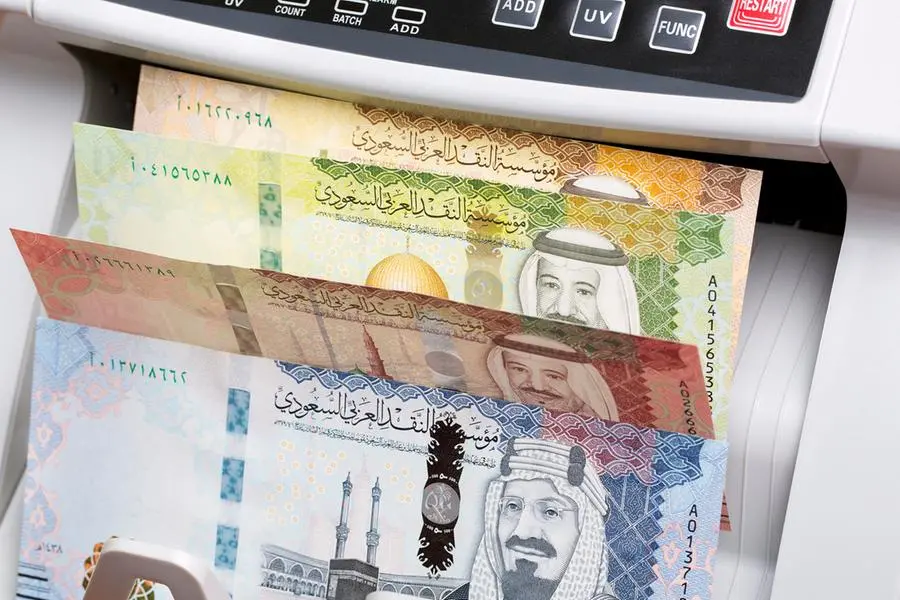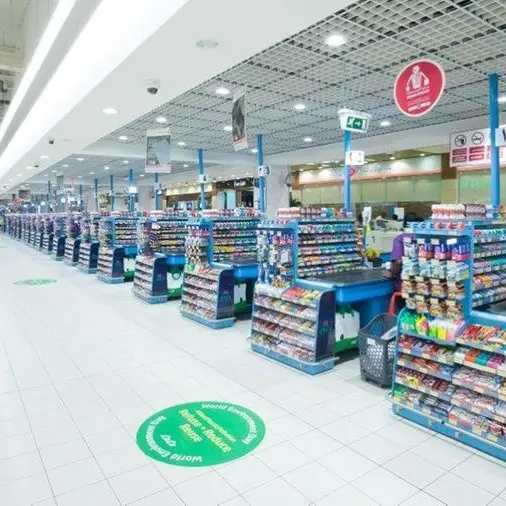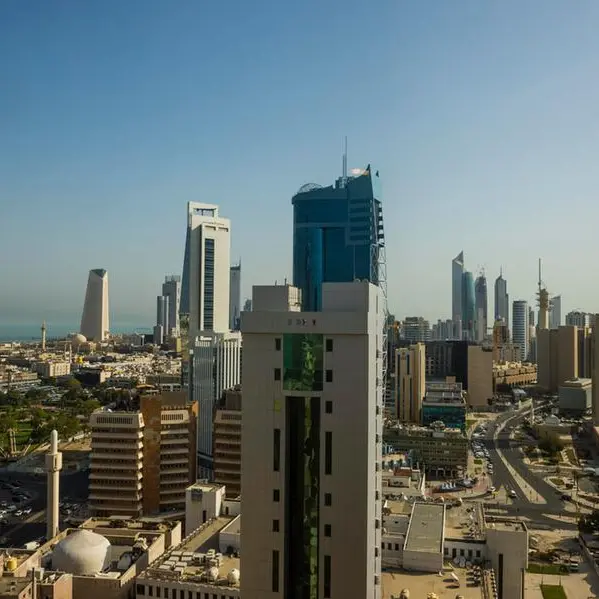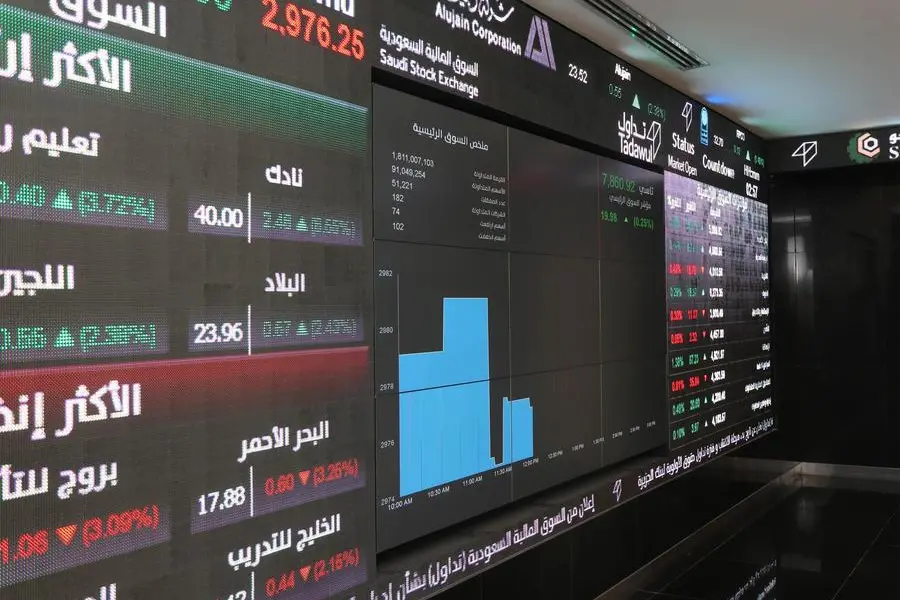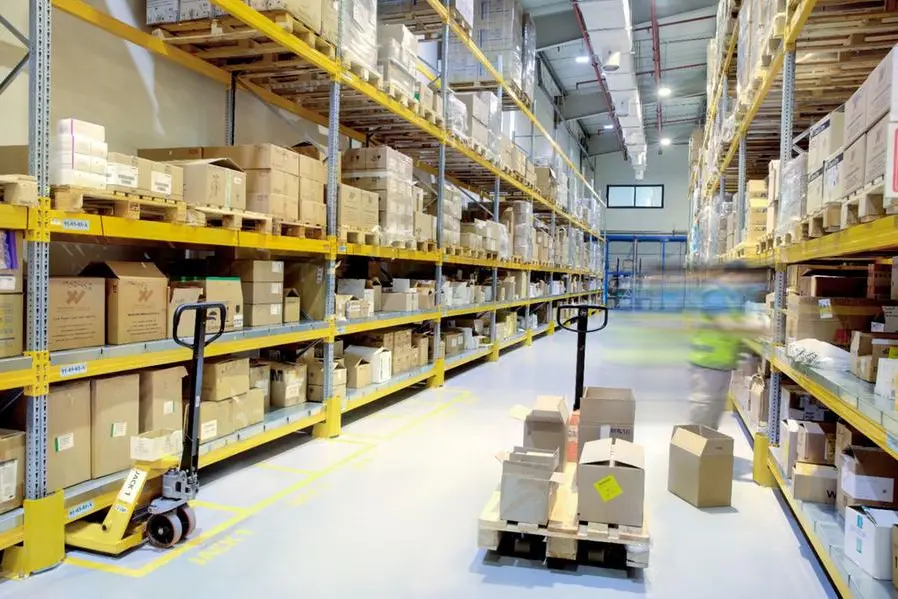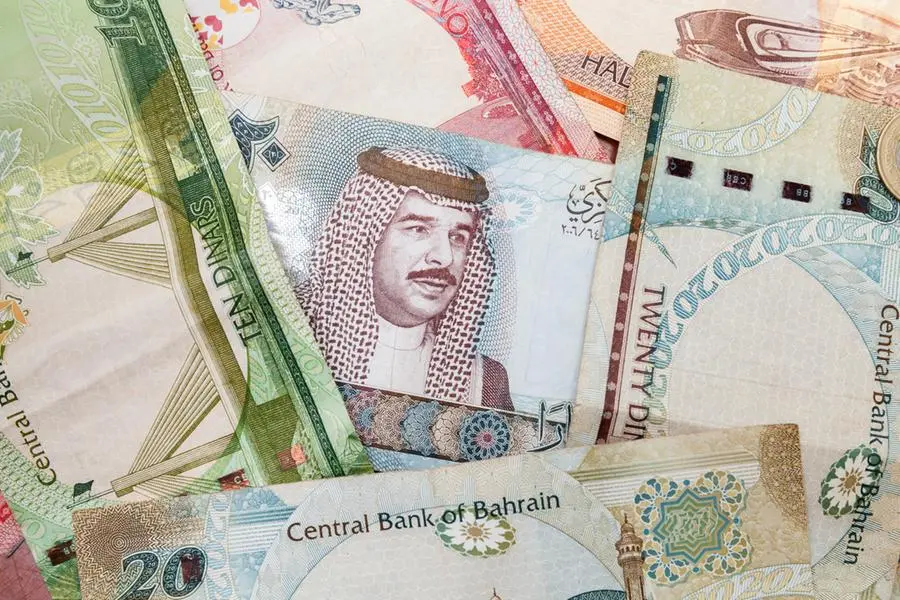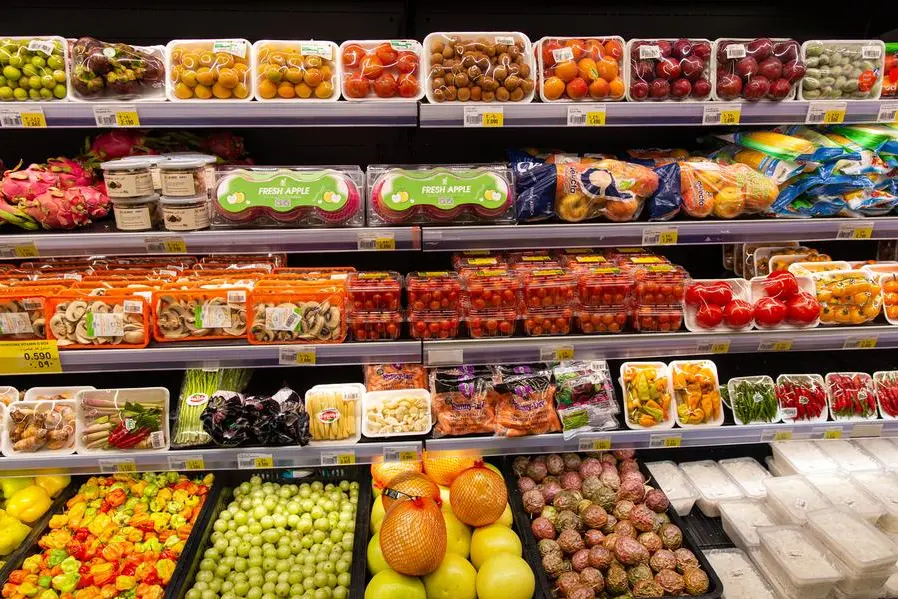PHOTO
RIYADH — Saudi Arabia's liquidity levels have experienced significant growth, recording an annual increase of 8.7%, or SR232.2 billion, to reach SR2.9 trillion by the end of August 2024.
This marks a new peak compared to the same period in 2023, when liquidity stood at SR2.67 trillion.
On a monthly basis, liquidity grew by 1.3%, an increase of SR36.848 billion, compared to the end of July of the same year, maintaining the same SR2.9 trillion level.
Since the beginning of the year, liquidity has seen a growth of 6.8%, translating to an increase of SR185.678 billion from SR2.7 trillion at the end of January 2024, according to data from the Saudi Central Bank’s monthly statistical bulletin for August 2024.
These robust liquidity levels serve as a vital driver of the economic and commercial system in the Kingdom.
Analyzing the four components of money supply (M3), demand deposits, the largest contributor, accounted for 49.5% of the total money supply, amounting to SR1.4 trillion by the end of August 2024.
Time and savings deposits followed, recording SR929.659 billion, making up 32% of the total money supply.
Other cash deposits reached SR313.220 billion, contributing approximately 10.8%, while cash in circulation outside banks totaled SR226.392 billion, accounting for about 7.8% of the total money supply.
Quasi-cash deposits include residents’ deposits in foreign currencies, deposits against documentary credits, outstanding transfers, and repurchase (repo) operations conducted by banks with the private sector.
It's important to note that domestic liquidity encompasses cash circulating outside banks, in addition to demand deposits, time and savings deposits, and a broader definition that includes other quasi-cash deposits.
© Copyright 2022 The Saudi Gazette. All Rights Reserved. Provided by SyndiGate Media Inc. (Syndigate.info).
